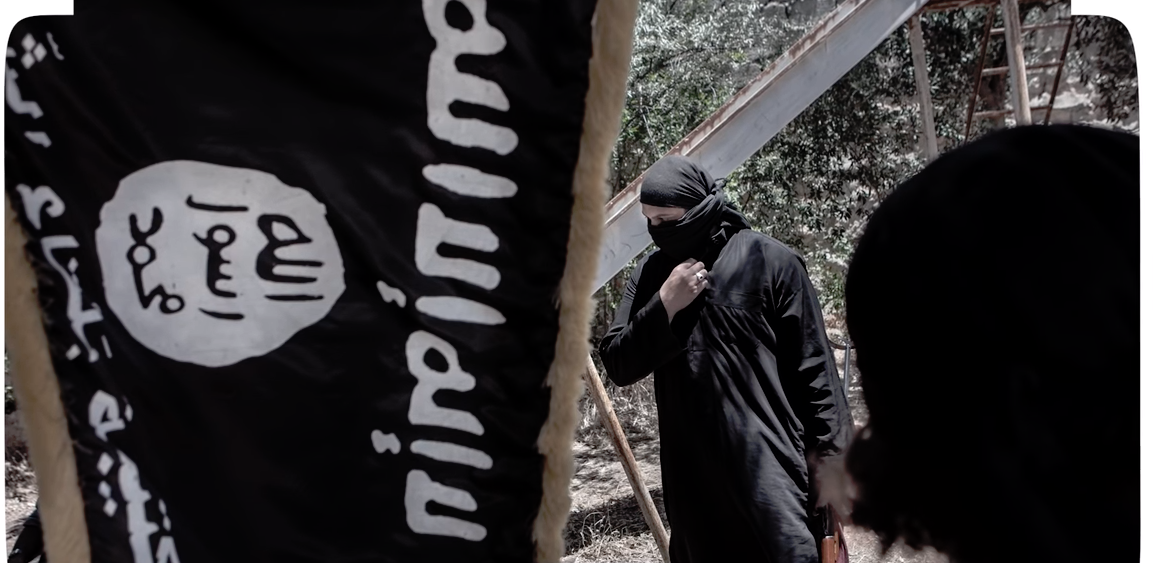Many in traditional media want to remove all conservatives from social media. After all, conservatives are like terrorists from their perspective.
In an editorial written by The New York Times, “right-wing extremism” took center stage. The piece, headlined “The New Radicalization of the Internet,” warned that social media exacerbated the issue of a “body count of fanaticism.” The Times called for government regulation of social media to take down what it called “right-wing extremism.”

The Times used the definition of “right-wing extremism” provided by the Global Terrorism Database at the University of Maryland: “violence in support of the belief that personal and/or national way of life is under attack and is either already lost or that the threat is imminent.”
The piece then illustrated how social media allegedly enabled Cesar Sayoc, the accused mail bomber, Robert Bowers, the accused synagogue shooter, and Gregory Bush, the accused racist Kroger shooter. That definition allowed the paper to ignore left-wing violence in various riots, including Baltimore where 130 police were injured.
The op-ed also relied on the much-criticized study, “Alternative Influence Network,” released by the Data & Society Research Institute. This study linked top conservatives such as Ben Shapiro, Dennis Prager, and Andrew Klavan to white supremacists such as Richard Spencer. The Times summarized the study: “What begins with a few racist slurs may lead to exposure to overt white supremacist propaganda.”
Then the comparison to dangerous jihadists began. The piece warned that Anwar al-Awlaki, a terrorist killed by a U.S. drone, encouraged radical Islam online. That then resulted in the Fort Hood shooter, the Boston Marathon bombings, and the Charlie Hebdo shootings. Because of al-Awlaki’s “digital footprint” left on YouTube, his influence continued. The Times wrote that “right-wing extremism” that influenced shootings should be taken down the same way that Islamic terrorist propaganda is taken down.
But tech companies are not necessarily to blame. Rather, the government should step in to help regulate content on social media:
“The complex interplay of terrorism, propaganda and technology requires a concerted response by government and business. Private corporations should not be put in the position of trying to thwart extremism with help from only a handful of nonprofit groups.”
The Times seemed to think that violence from left-wing groups “had fallen dramatically.” While it stated that anti-Semitism was on the rise, it neglected to mention that one of the biggest anti-Semites, championed by left-wing politicians, Rev. Louis Farrakhan, was still actively spreading anti-Semitic beliefs on social media. It also avoided the topic of Antifa groups that promote violence against those they disagree with on social media. In the past year, Antifa has harassed Senator Ted Cruz (R-TX), Fox News host Tucker Carlson, and the New York City GOP headquarters.
Ironically, The Times called Twitter, Facebook, and YouTube “biased” for relying on government lists of violent extremists, since those lists do not include “domestic terrorist organization.”





